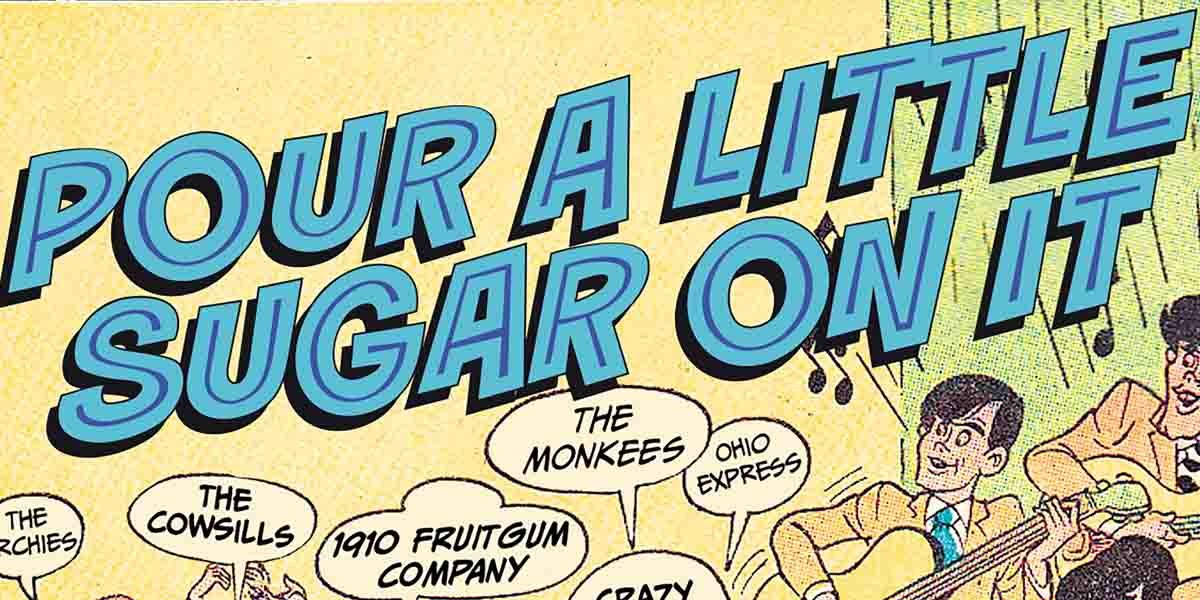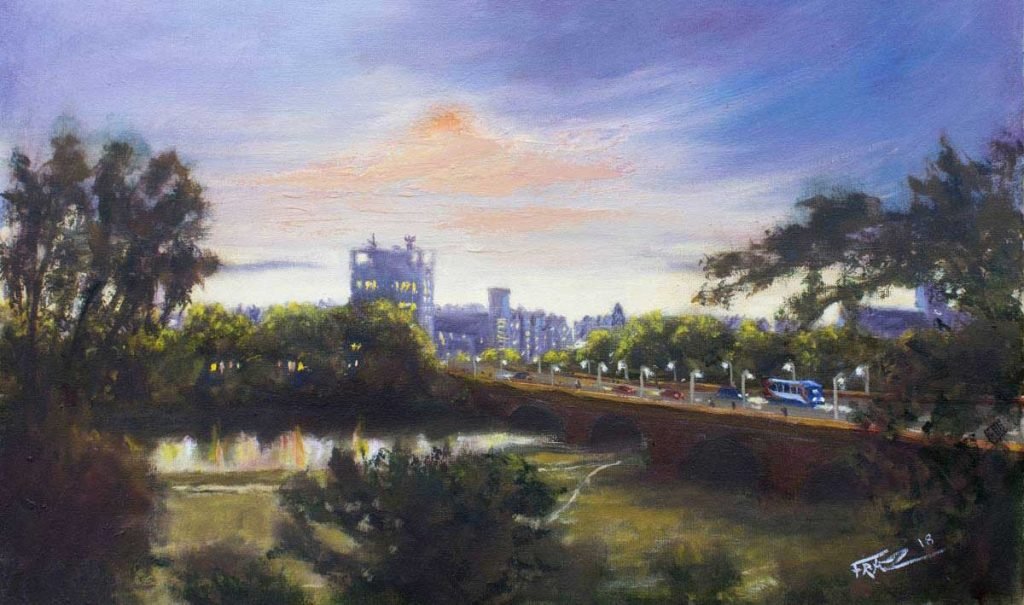In fact, some of my favourite books on gardens, trees and the history of gardening might even appeal to those friends of yours who couldn’t really be described as horticulturally inclined!
Gardening trends come and go, but awareness of the natural world and the place of gardening in it has risen in recent years.
Gardening is big business in the publishing world, and the list of new titles is almost endless. The big names are generally those that populate our TV screens, but I think there are a few gems that stand out – some of which have been around a while.
I was recently asked if I had a favourite gardening book. Perhaps someone wanted to buy me a present, or perhaps they needed a good recommendation; I couldn’t tell at the time, but it got me thinking…
To say that one of my favourite gardening books has been around a while would be an understatement! ‘The Gardener’s Labyrinth’ was first published in 1577! It could be described as the first practical gardening book written in the English language. It is a marvellous exposition of how the Elizabethan Garden came of age, and its author Thomas Hill describes in some sixty-nine chapters the purpose of the book as being: ‘Instructions for the choice of seedes, apt times for sowing, setting, planting and watering, and the vessels and instruments serving to that use and purpose’
The original title page features a woodcut of a small formal garden. The garden features a central knot surrounded by a series of geometric flower beds. I was so taken by this picture that I have used it as an insignia for a previous business I ran.
It is an extraordinary book for many reasons: firstly, it really does describe gardening in a practical way, and secondly as a historical document it provides a wonderful insight into the Elizabethan age.
It was republished in 1987 entitled ‘The Gardener’s Labyrinth: The first English gardening book’. It features some beautiful illustrations and is well worth reading.
Travelling in time to the Victorian age, the legacy of Gertrude Jekyll cannot be underestimated. After an early career as a painter was halted by poor eyesight, Jekyll became the foremost garden designer of her age. It can be argued that her influence is so enduring that it informs how we think about gardening today. Most famously she collaborated with Sir Edward Lutyens the architect, creating over 400 gardens and wrote 15 books. The books are filled with photographs she took and developed herself.
Probably her most celebrated book is ‘Colour schemes for the flower garden’ which is an astonishing work first published by Country Life in 1908. [Click here to buy].

Plan from Jekyll’s Colour Schemes for the Flower Garden, 1983 edition. Introduced and revised by Graham Stuart Thomas.
I can highly recommend this book as a guide to combining colours and creating borders that have never in my opinion been improved upon.
Lastly, I would like to recommend an old favourite of mine by Robin Lane Fox entitled ‘Thoughtful Gardening’. Robin Lane Fox might be known to you if you read the Financial Times as he has written a weekly gardening column since the 1970s. I like it because it is witty, well written, and as the title suggests thoughtful. I also like it because I don’t actually agree with him sometimes; but he always manages to provoke in a good way. It is filled with personal anecdotes and references to art and literature.
So serious gardener or not a few ideas for Christmas holiday reading.
As always, Happy Gardening.
Author: DAVID FLETCHER
David Fletcher MCIHort is a fully qualified member of the Chartered Institute of Horticulture, and has been a gardener most of his life, both as a professional and an amateur.






